Summary | Key concept | Science Story | Background Science | Activity | Curriculum links | Linked Activities
- Suggested Age Range: 5 – 6 years; 6 – 7 years
- UK Primary Curriculum: Key Stage One
- Suggested UK Year Group: Year 1; Year 2
- UK Primary Curriculum Link: Living things and their habitats – Animals and plants
- Science Subject: Plants
- Science Question: What do plants need to live? Would plants be able to live on the Moon? What do we need for life on Earth? Could people live on the Moon?
- Activity type: Pairs or small groups
- Suggested linked stories: How the Caribbean People Discovered the Planet Earth; Planting the Seeds of Honesty
Brief summary: The Earth is our home in the Universe. Humans, animals and plants survive on the Earth because the conditions are ideal for life. Different animals and plants are adapted to survive in different environments. This activity introduces these ideas, and uses a practical activity to explore how rockets work.
Key concept: Space is a hostile environment for life, so we need to take the essentials for life with us when we go to space.
Key words: rocket, space travel, launch
The Science Story:
The planet Earth is our planet, it is our home in the Universe. Humans live on the Earth, but what else lives here?
The Earth is home to all animal and plant life that we know of. It has perfect conditions for life as we know it.
What makes the Earth just right for life?
We have an atmosphere, the air, that means humans can breathe. The temperature is just warm enough for water to be liquid, so we have seas, rivers, lakes and oceans. The Earth is also just right for plants to live.
Why do we need plants?
Plants provide food, not only for us, but for animals.
What animals do people eat?
We eat all sorts of animals, such as cows, pigs, sheep, and many types of fish. Cows eat grass, we keep the cows in fields, and then we eat the cows. Our planet is perfect for people to live on.
So if we want to visit another planet, what do we need to take with us in our rocket?
Space (and the planets) are very cold, have no air, and have no plants or animals. We would need to take all the things that we need here on Earth – air to breathe, heat to keep us warm, and food to eat. We would need these in our rockets for the journey, and for living on the planet when we arrived.
The Science: Our planet is sometimes described as “Spaceship Earth”, as it is a closed system orbiting the Sun in the vacuum of space. A spaceship that could take humans to the Moon is a smaller version: a self-contained world containing humans and everything they need to survive in space, including air, water, and food, inside an air-tight pressurised container. Rockets are powered by simple physics, the idea of an equal and opposite reaction. When fuel is burned in a rocket engine, the exhaust is pushed out of the back at high speed.
Our planet is sometimes described as “Spaceship Earth”, as it is a closed system orbiting the Sun in the vacuum of space. A spaceship that could take humans to the Moon is a smaller version: a self-contained world containing humans and everything they need to survive in space, including air, water, and food, inside an air-tight pressurised container.
Rockets are powered by simple physics, the idea of an equal and opposite reaction. When fuel is burned in a rocket engine, the exhaust is pushed out of the back at high speed. This makes the rocket go in the opposite direction (forwards).Some rockets are small and are used to take small satellites into space. Other rockets are much larger and can carry bigger satellites, or even people. What a rocket carries (satellites, cargo, people) is called the rocket’s payload. The heavier the payload, the more fuel the rocket needs to get to space.
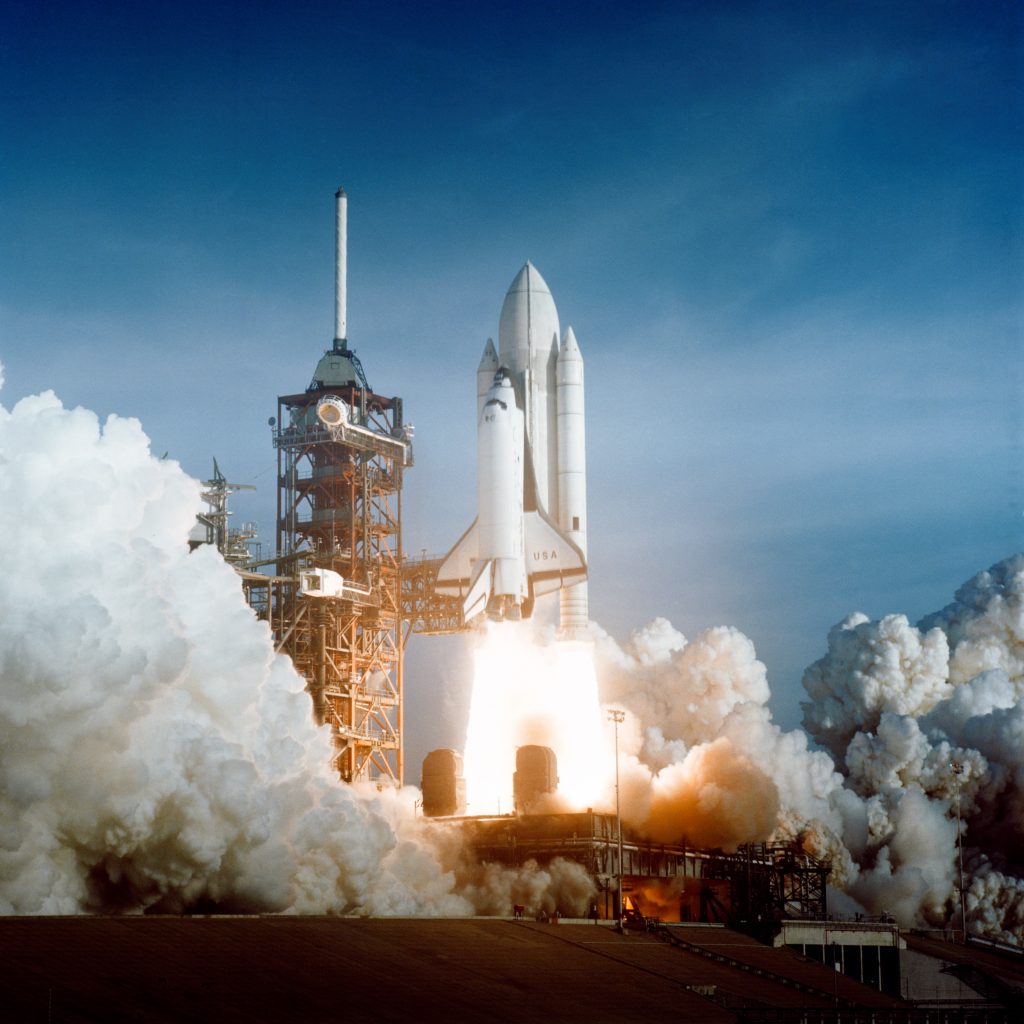
Photo credit: NASA
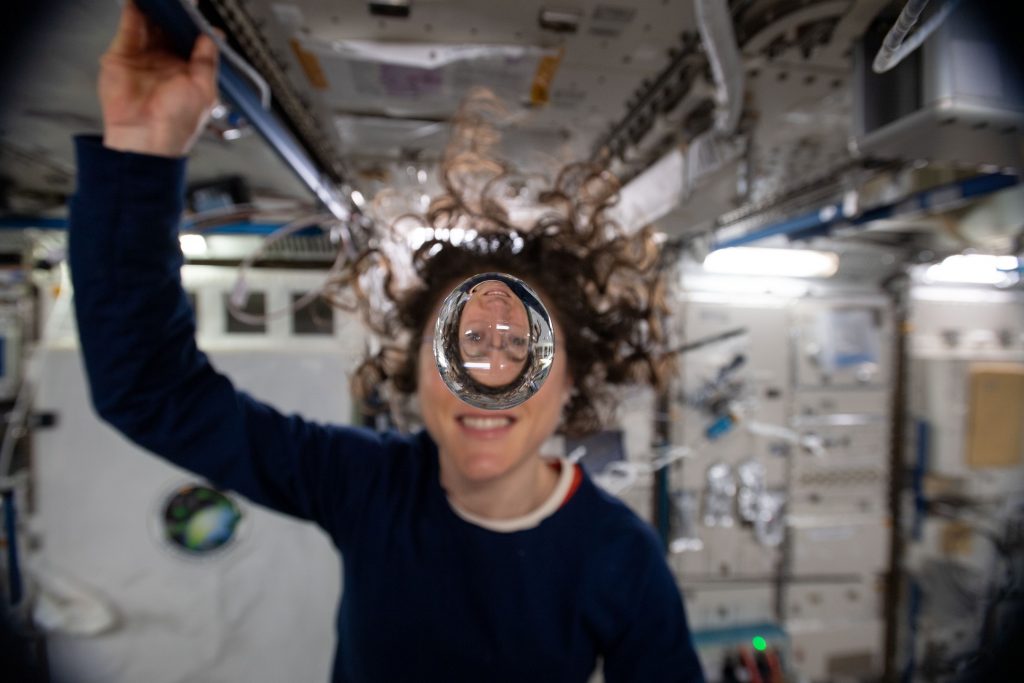
Astronaut Christina Koch shows how fluids behave in space aboard the International Space Station. 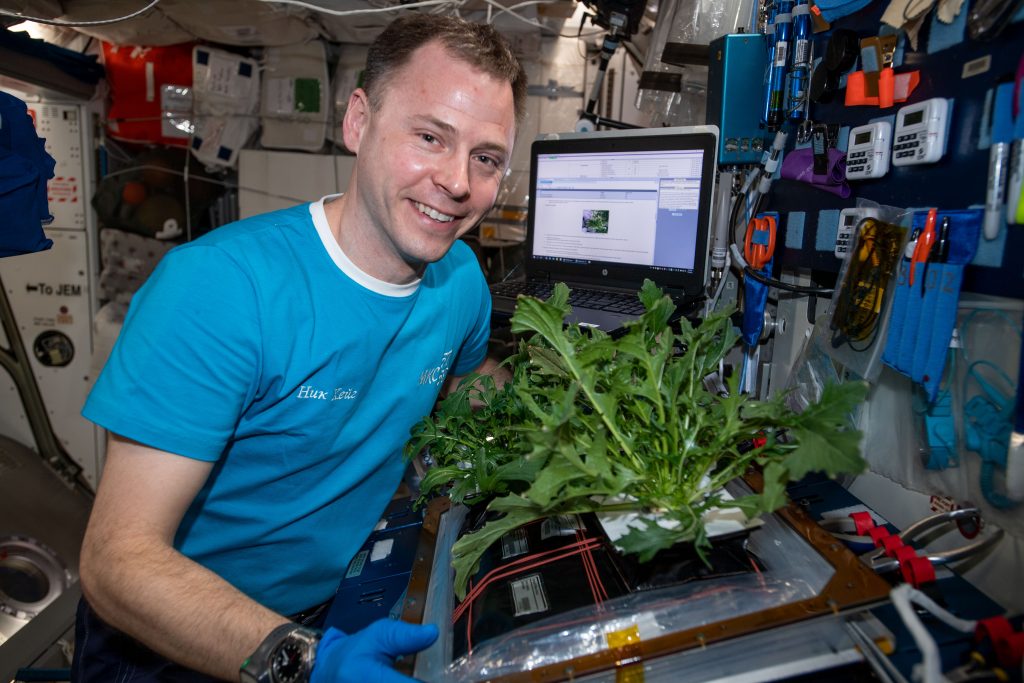
Nick Hague harvests Mizuna mustard greens on the International Space Station.
For more information about growing food in space, see https://www.nasa.gov/mission_pages/station/research/10-074.html
The activity: This activity uses simple everyday objects to illustrate how rockets work. Students will need teamwork in order to complete this activity and will need some manual dexterity so adult help may be required. Students should work in pairs or groups of three for this activity. This can be turned into a competition quite easily, with all the strings lined up parallel to each other, everyone joining in with one countdown, and then all of the balloons being released simultaneously.
Props required:
- Balloons
- String
- Drinking straws
- Tape
- Craft supplies for decoration (optional)
- For this activity you will become a rocket scientist! Scientists rarely work alone, and you will need to work in groups of two or three for this activity, so find a partner or two to work with.
- Collect your materials. You will need: one length of string, one drinking straw, one balloon and some tape.
- Thread the drinking straw onto the string.
- To stop the string falling out of your straw, tie a small loop in both ends of your string; put one loop over your finger, and the other loop over the finger of your friend.
- Next, blow up your balloon as far as you can. Do not tie the end of the balloon up as the air will need to escape in order for the rocket to move.
- Carefully tape your balloon to the straw, with the untied-end lined up with the string (see below).
- One person in your team needs to hold one end of the string, and another person should hold the other end. Stretch out the string so that it is tight.
- The balloon-rocket should be held tightly at one end of the string, with the tail of the balloon pointed towards the short end of the string.
- After a countdown (backwards from ten, of course!), let go of the balloon and watch as it travels along the string, powered by the air being pushed out of the “exhaust” of the rocket.
- For this activity you will become a rocket scientist! Scientists rarely work alone, and you will need to work in groups of two or three for this activity, so find a partner or two to work with.
- Collect your materials. You will need: one length of string, one drinking straw, one balloon and some tape.
- Thread the drinking straw onto the string.
- To stop the string falling out of your straw, tie a small loop in both ends of your string; put one loop over your finger, and the other loop over the finger of your partner (see images below).
- Next, blow up your balloon as far as you can. Do NOT tie the end of the balloon up as the air will need to escape in order for the rocket to move. Do NOT let go of the end of the balloon!
- Carefully tape your balloon to the straw, with the untied-end lined up with the string (see below). Do NOT let go of the end of the balloon!
- One person in your team needs to hold one end of the string, and another person should hold the other end. Stretch out the string so that it is tight. Do NOT let go of the end of the balloon!
- The balloon-rocket should be held tightly at one end of the string, with the tail of the balloon pointed towards the short end of the string.
- After a countdown (backwards from ten, of course!), let go of the balloon! Watch as the balloon travels along the string, powered by the air being pushed out of the “exhaust” of the rocket.
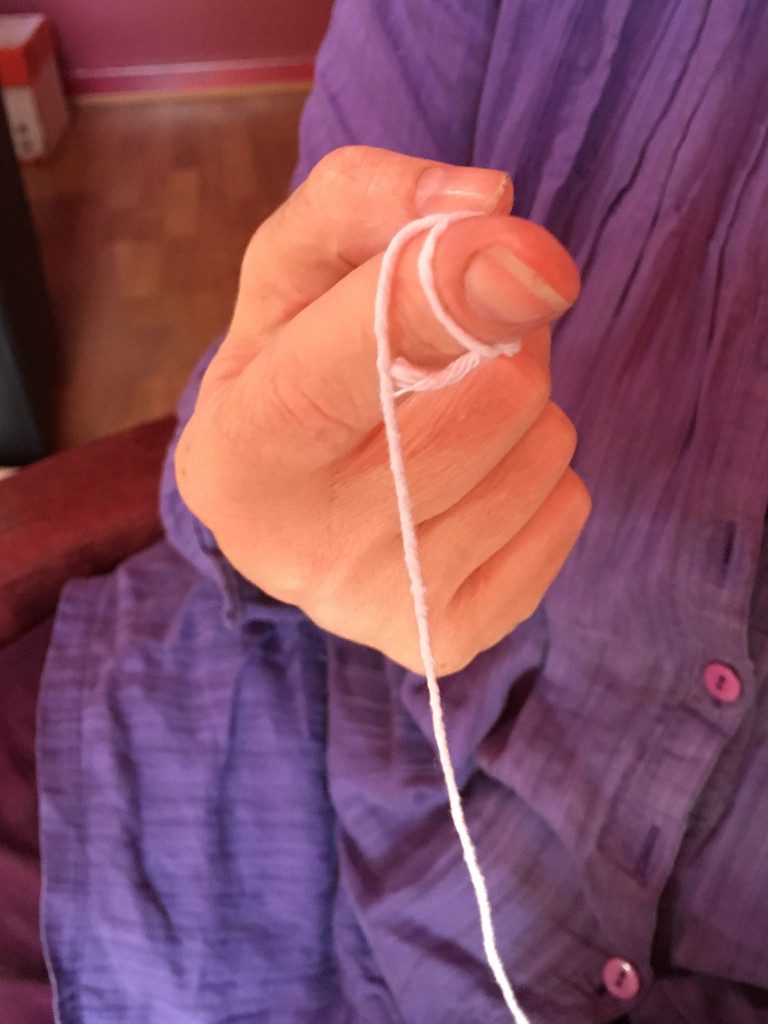
Left: Step 4 – After you thread the string through your straw, tie a small loop in the short end of the string and put the loop over your finger. This stops the string falling out of the straw while you assemble your rocket.
Below: Steps 5&6 – Inflate your balloon as far as you can – the more air in the balloon, the further it will go! Carefully tape the balloon to the straw. Ensure the end that you blow into is pointing towards the short end of the string (this is the rocket “engine”, and engines always point away from the direction the rocket will go in).
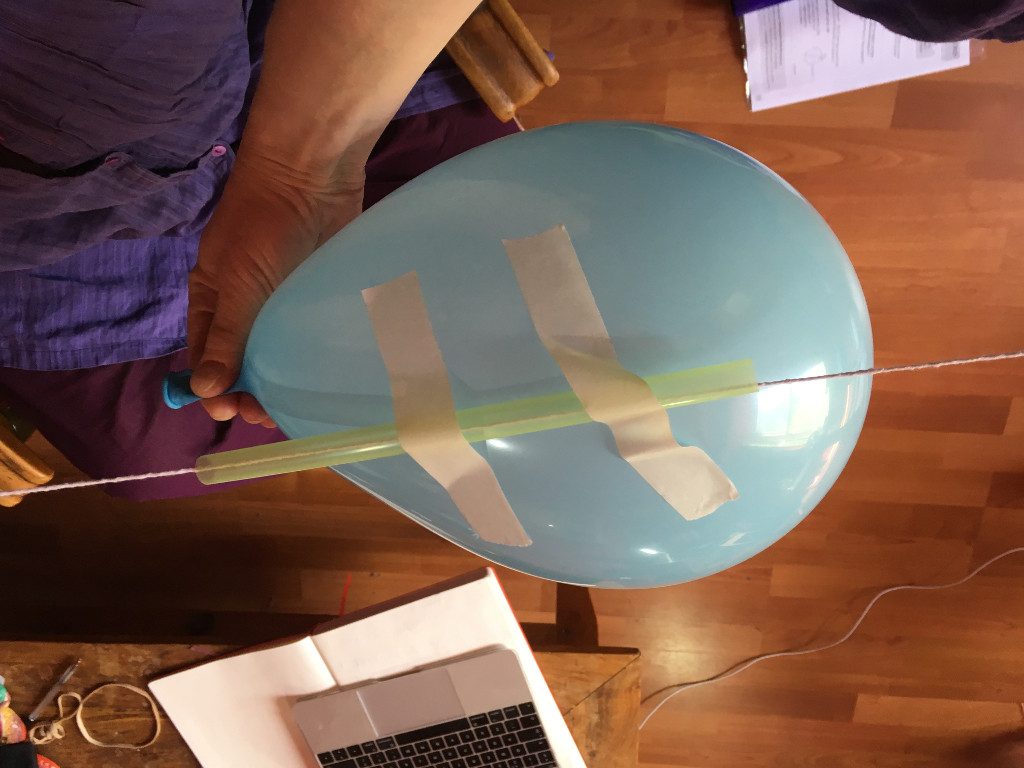
Extension: The students can make individual rockets, decorated if desired, and can experiment with finding out what factors affect the speed and distance travelled by the rocket. Larger balloons have a larger capacity so usually go further, different types of string can affect the distance travelled and the speed due to different amounts of friction between the straw and the string. Rockets with excessive decorations also travel more slowly because of the extra mass.
Other types of rocket can also be investigated. Commercially-available “stomp” rockets (powered by a foot-pump) can be used in the classroom, or water-powered rockets can be built and used on a sports field. Here is one way to build your own bottle rocket: https://www.wikihow.com/Build-a-Bottle-Rocket
The water rockets also provide a good opportunity for scientific enquiry – students could investigate how the height the rocket reaches depends on the size of the bottle, the amount of water in the bottle, whether the temperature of the water makes a difference, or even whether other types of liquid have an effect.
Curriculum links:
- Plants KS1 – they need water, light and a suitable temperature to grow and be healthy
- Animals, including humans KS1 – find out about and describe the basic needs of animals, including humans, for survival (water, food and air)
- Uses of everyday material KS1 – suitability of everyday materials for particular uses (how rockets can be made from simple everyday items)
- Forces KS2 – a force in one direction creates motion in the opposite direction
Use with other years: This activity can also be used with Year 5 as an introduction to forces through a discussion of how the rockets work. It could also be used as part of the Earth and Space theme to talk about how we can explore other planets in the Solar System. Year 5 students could explore how to make more complex rocket – see linked activities below.
Linked activities:
Launch a rocket from a spinning planet – NASA
https://spaceplace.nasa.gov/launch-windows/en/
How to Build a Water Rocket – Wikihow
https://www.wikihow.com/Build-a-Bottle-Rocket
How to Build a baking Soda and Vinegar Rocket – Wikihow
https://www.wikihow.com/Make-a-Baking-Soda-and-Vinegar-Rocket
Other useful links:
What is a rocket? – NASA
https://www.nasa.gov/audience/forstudents/k-4/stories/nasa-knows/what-is-a-rocket-k4.html
Copyright: Megan Argo 2019





